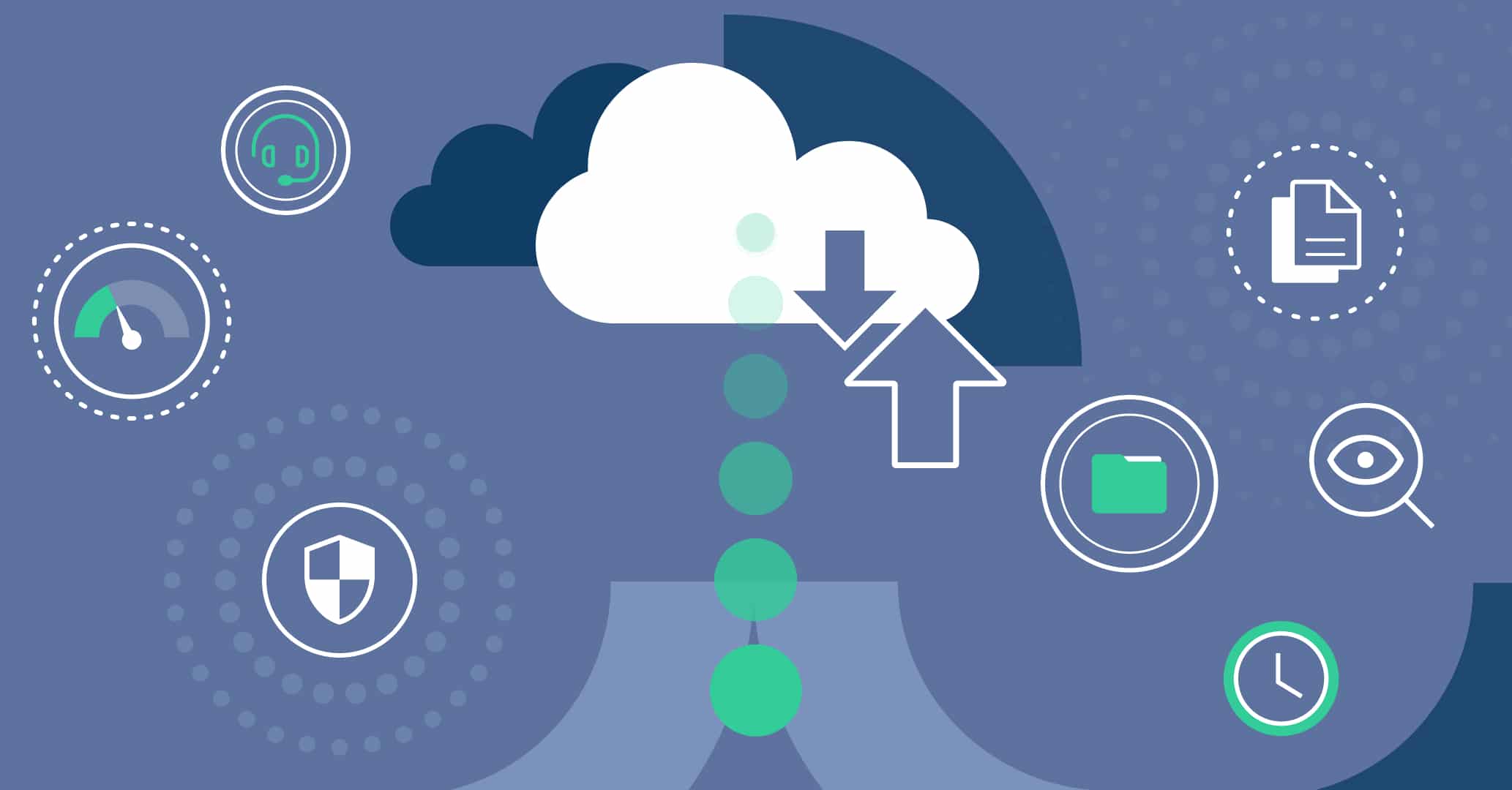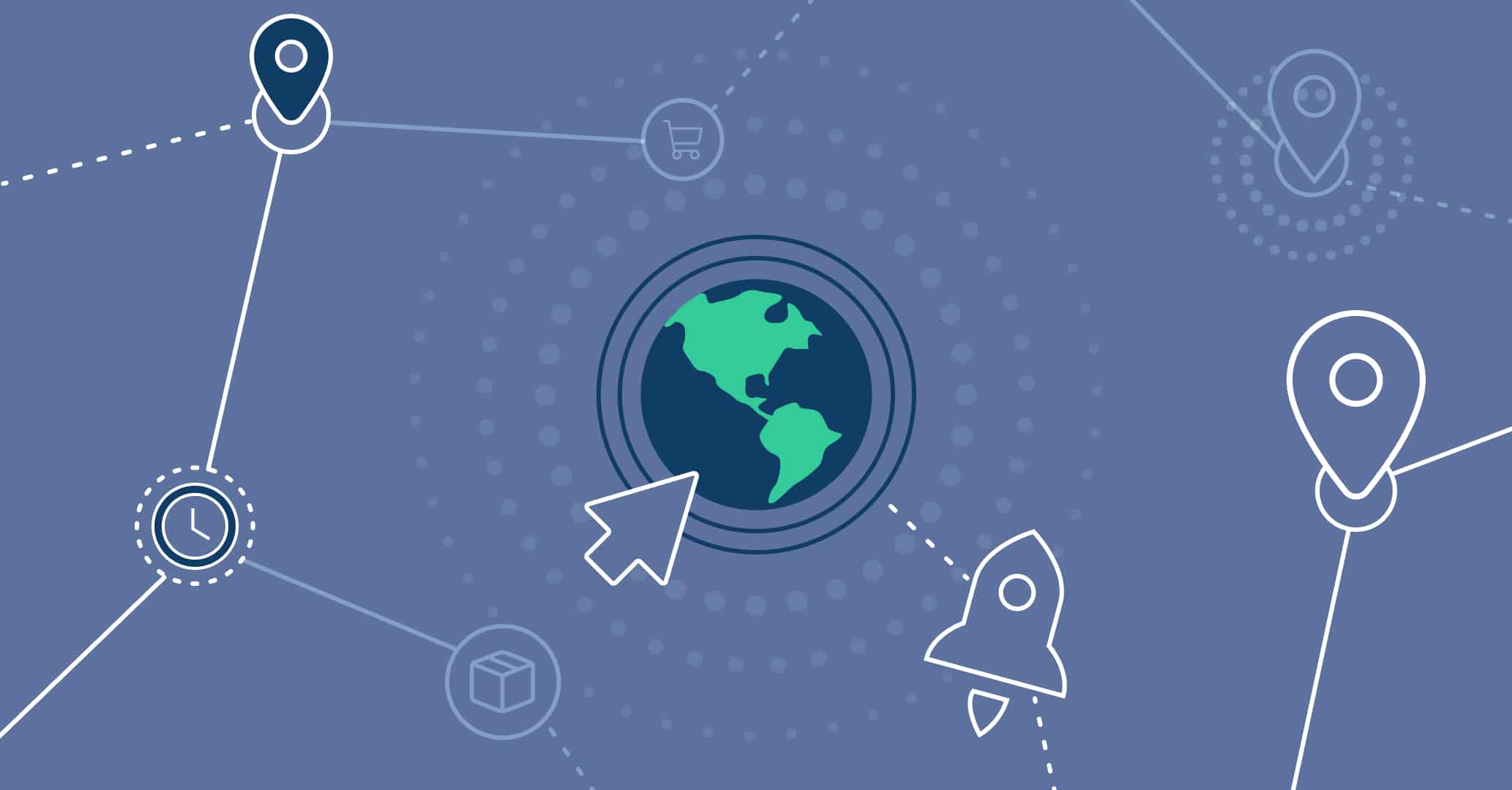Employees depart from organizations due to termination, voluntary resignation to grab better opportunities elsewhere, or personal reasons.
Almost all organizations have a standardized offboarding process involving several activities that must be executed efficiently. However, research suggests that only 5% of organizations have a fully automated offboarding process, while 32% have a partially automated one.
Considering the technological advancement and digital transformation, there is an emerging need to automate the manual activities involved in the offboarding process. This is where Business Process Management (BPM) software comes into action. BPM software helps define, design, and automate recurring processes to optimize business processes, such as offboarding. Therefore, this blog provides a detailed guide on offboarding automation with BPM software.
Main activities during offboarding
Just like the onboarding process, the offboarding process also involves many steps and activities. Below is a quick glimpse of all the main activities involved during an offboarding process:
Completing and filing all paperwork
As soon as the offloading of the employee is confirmed, the HR team is required to complete all paperwork. This includes giving final paychecks, tax forms, non-disclosure agreements, benefits documents, and other legal forms.
Transfer of knowledge
Almost every employee holds unique job-related knowledge and knows some tips/tricks that the replacement employee should know to do the job effectively. Therefore, another activity in offloading employees is ensuring knowledge transfer from the offboarding employee to the successor via documents, training, etc.
Recover company assets
Employees often have a bunch of company assets that they use in their day-to-day activities. This can include but is not limited to computers, laptops, headphones, smartphones, cars, etc. Interestingly, the Oomnitza survey reveals that around 27% of organizations lose above 10% of their technology assets when offboarding. Therefore, recovering company assets is another important activity involved in the offboarding process.
Deactivate systems access
Deactivate all employee access to the company, including workstations, software, email, cloud services, etc. This is mandatory to ensure security after the employee has left the company, as around 20% of organizations from a survey reported data breaches caused by their ex-employees.
Notify departments
Notify all the concerned departments about the departure of the employee. This could include IT, HR, security, finance, and other departments.
Conduct an exit interview
The department manager or HR team should conduct an exit interview. It is meant to hear the employee’s feedback about their satisfaction, experience, challenges, and suggestions. Based on that, the company can improve the experience of other employees.
Fulfill legal compliance requirements
Another main activity in the offboarding process is to ensure that all the legal-related compliance requirements are fulfilled, such as non-disclosure agreements, non-compete clauses, etc.
Update the organization chart
After offboarding the employee, the organization chat and directories should be updated. This also involves updating the chart with the details of the successor.
The vecessity and importance of offboarding automation
Now that we have looked into the main activities involved in an offboarding process, it is evident that the whole process comprises many crucial steps that must be executed timely.
All the offboarding activities require a balance of administrative precision and data security. This is why it is important to automate offboarding to streamline the whole process. According to the ITProPortal survey, 73% of IT professionals believe that the risk of data breaches is reduced significantly by automating offboarding.
The below points reflect the necessity and importance of offboarding automation:
- It streamlines every minor to major offboarding activities and reduces the chances of human errors.
- It saves significant time and resources.
- It makes it easy to assign tasks.
- It reduces the chances of unauthorized access or data breaches.
- It empowers the HR team to spend time on more valuable activities.
- It provides departing employees with satisfactory experience.
- It ensures consistent offboarding procedures.
In short, offboarding automation provides HR teams with a modernized and highly efficient way to depart employees through the smart use of time and resources.
Offboarding automation with BPM software
Business Process Management (BPM) software is an all-in-one tool to define, model, automate, and manage business processes efficiently. Talking specifically about offboarding automation, BPM software allows the HR team to automate and streamline the departure of employees.
The below points reflect how BPM software can facilitate automating offboarding:
Design and implement workflows
BPM software provides a place to design and model all the workflows involved in the offboarding process. For example, The HR team can use Qflow BPM software to create a workflow that triggers the moment employee departure is confirmed. It can include processes like sending offboarding paperwork, deactivating system access, collecting company assets, conducting exit interviews, etc.
Once the HR team creates and implements the workflow, they can ensure that all the steps are executed gradually and efficiently.
Automated task assignment
BPM software can automate the process of assigning tasks to relevant individuals or departments. For example, when the employee offboarding is confirmed, the finance team can be notified to clear the payments and bonuses of the employee, or the IT team can deactivate system access.
This way, all the departments involved in the offboarding process get alerts timely and autonomously.
Data and document management
During offboarding, BPM software also automates the process of data and document management. For example, it can automate the archiving or deletion of the employee’s files, emails, and records in compliance with the organization’s policies and regulations.
Real-time process tracking
BPM software provides a way to track the status of the offboarding process in real time. This way, the HR team can easily track where the delays are coming from in order to address them timely.
Adaptive
The beauty of BPM software is that it can adapt workflows or processes easily to changing conditions. This way, the HR team can adapt the automated processes easily to the changing organization policies.
Employee satisfaction
Even though an employee is departing from the company, employee satisfaction still matters. An automated offboarding process provides a streamlined offboarding experience to employees. On the other hand, the HR team gets to focus more on the human aspect of offboarding, such as providing farewell, guidance, and support to the departing employee.
Security
BPM software ensures that the offboarding process remains secure. When all the offboarding stages are modeled and automated, the risks of human errors, unintentional data leakage, and other security concerns are very well addressed.
Steps to implement offboarding automation with BPM software
BPM software provides the advancement and automation HR teams need today to streamline offboarding. The best thing is that implementing offboarding automation with BPM software is also very easy due to the intuitive approach of BPM tools.
So, below are the key steps you have to follow to implement offboarding automation with BPM software:
Step 1. List all the offboarding activities
Start with listing all the offboarding activities from the initiation of the offboarding request to the employee’s departure. The HR team should sit with other stakeholders and list all the offboarding activities. Afterward, they should shortlist the activities they want to automate.
Step 2. Pick the BPM software
There are many BPM software to choose from. Therefore, explore a few of the best options, try their free trials, and see if they align with your needs. For instance, Qflow is one ideal BPM software for offboarding automation, as it offers an intuitive, click-based interface with feature-rich capabilities. Moreover, you get a 90-day prolonged free trial.
Step 3. Design the workflow
Use the BPM software to start designing the workflow. All the activities you shortlisted in the first step should now be modeled in the workflow. This could include sending notifications, assigning duties, managing data, arranging exit interviews, etc. This step also involves defining automation rules to make the tool perform certain actions on specified triggers.
Step 4. Test and optimize
Test the workflow with a demo offboarding process and verify that the BPM software performs all the required actions proficiently. This way, you can optimize the processes and build an automated and efficient offboarding workflow.
Step 5. Integrate with HR system
Integrate the BPM tool with the HR system to make the tool perform certain actions seamlessly without human input. For instance, the Qflow BPM tool can automatically access employee records, send notifications to relevant HR personnel, and do plenty of other activities autonomously due to integration with the HR and IT systems.
Step 6. Train employees
Once the BPM tool is integrated for offboarding automation efficiently, the next step is to train employees. So, all the HR and other department employees who will use or interact with the BPM tool should be trained to use the tool proficiently.
Step 7. Adapt the BPM Software
The last and recurring step is to adapt the BPM software regularly based on the organization’s changing policies, new processes in offboarding, or addressing the feedback of HR personnel.
Wrapping up
Offboarding is a crucial and necessary process that every organization performs. However, technological advancements are urging organizations to automate the offboarding process, which is what BPM software makes possible. As evident from the above discussion, BPM software provides a seamless and powerful way to automate all the activities involved in the offboarding process. Therefore, we will wrap up by recommending HR teams pick a BPM software of their choice and follow the above steps to automate offboarding.






